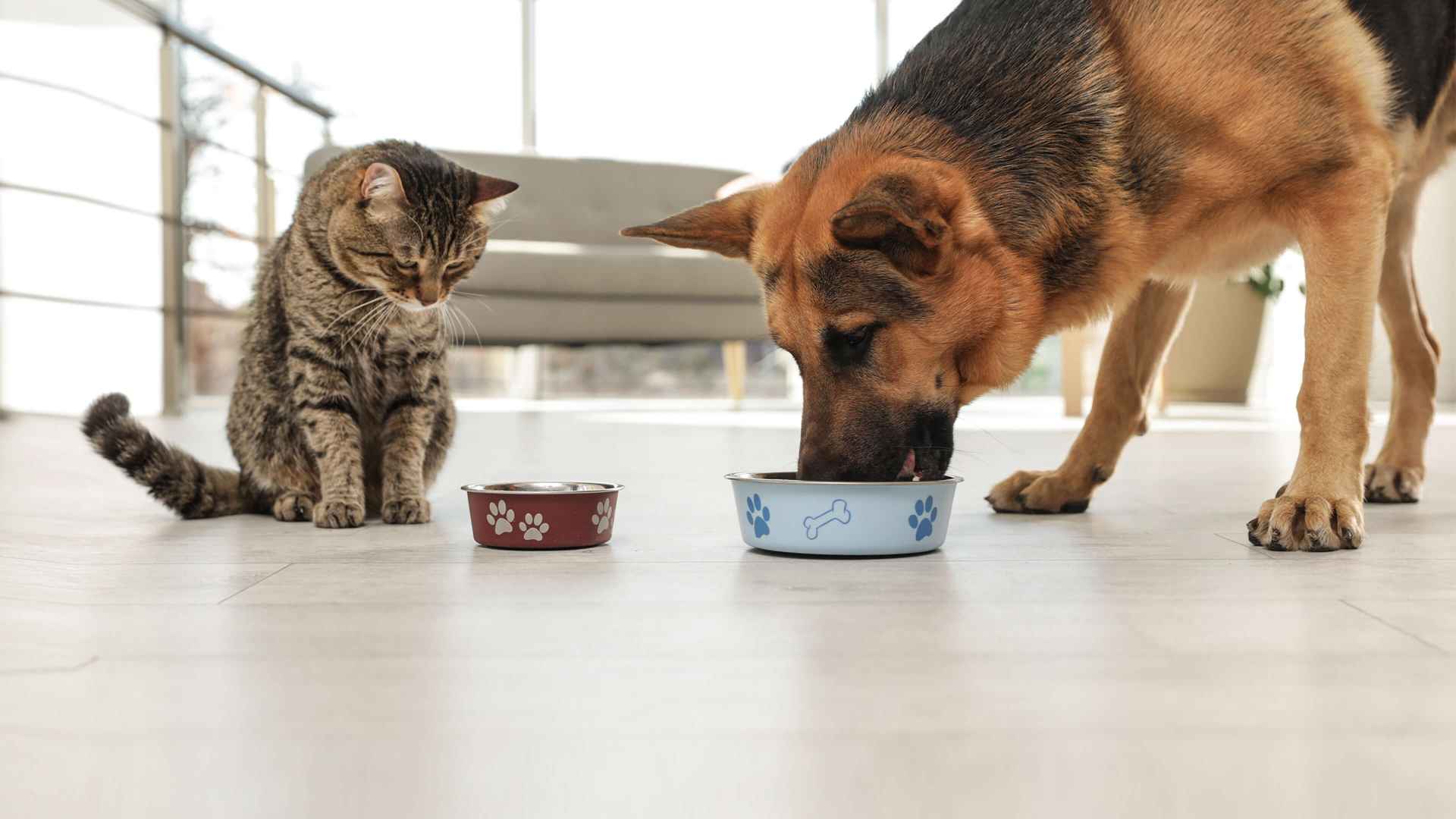la verdad sobre los problemas de la piel, las alergias y la dieta
La comida es poderosa. Es esencial para desarrollar los músculos y los huesos, procesar el oxígeno y, apoyar la visión y la audición. También puede afectar directamente la piel y el pelaje de su perro o gato. Si nota signos de picor, es posible que haya un cambio en la alimentación de su mascota.
Hablamos con la Dra. Elizabeth Gammon, que compartió información sobre cómo funciona todo. Siga leyendo para saber cómo trabajar en conjunto con su veterinario y tomar la mejor decisión para las necesidades de su mascota y cómo incluir el alimento en su plan de tratamiento.
¿Mi mascota tiene comezón?
A veces, una mascota con picazón puede ser difícil de detectar. Rascarse es una señal más obvia, pero también hay otras sutiles que hay que tener en cuenta. Estas incluyen enrojecimiento, pérdida de pelo, costras, arañazos y protuberancias similares al acné.
En los perros, la picazón también puede verse de la siguiente manera:
-Frotarse la cara o el cuerpo sobre alfombras/muebles
-Agitar la cabeza hacia delante y hacia atrás
-Lamerse las patas
-Morderse los dedos de los pies
-Manchas de saliva de color óxido sobre pelaje blanco
En los gatos, la picazón también puede verse de la siguiente manera:
-Pelaje fino en el vientre
-Pérdida de pelo
-Acicalamiento en exceso
¿Cuál podría ser el problema?
El primer paso para encontrar alivio para el problema de la piel de su mascota es averiguar qué lo está causando. Cuando lleve a su perro o gato al veterinario, ellos realizarán un examen exhaustivo. Su veterinario le preguntará acerca de los antecedentes y hábitos de su mascota, y también comprobará si hay signos de parásitos e infección. Si su bola de pelos es mayor, también puede recomendar un estudio hematológico y una prueba de orina para descartar afecciones metabólicas que puedan afectar la salud de la piel.
Después del examen y de la evaluación de los resultados de las pruebas, el veterinario podrá determinar si las alergias parecen ser las culpables. Después, es probable que lo lleven por uno de estos dos caminos: alergias estacionales frente a alergias no estacionales.
Alergias no estacionales + prueba de eliminación de alimentos
¿Los síntomas de su mascota son continuos durante todo el año? Esto puede ser un signo de alergia alimentaria, y el siguiente paso es una prueba de eliminación de alimentos. Este proceso suele tardar entre 8 y 12 semanas e implica el uso de dietas terapéuticas hidrolizadas. Las alergias alimentarias suelen ser una respuesta a una proteína determinada (p. ej., pollo, carne de res, cerdo, etc.) y estas dietas utilizan un proceso llamado hidrólisis para modificar la fuente de proteínas. Con la hidrólisis, la molécula de proteína se divide en partes tan pequeñas que no provocará una reacción alérgica.
Hacer una prueba de eliminación de alimentos implica alimentar a su mascota únicamente con alimento para mascotas que haya sido aprobado por el veterinario. El uso de premios, toppers o sobras de mesa no aprobados podría afectar fácilmente a los resultados de dicha prueba. El veterinario trabajará en conjunto con usted para que su mascota reciba los premios adecuados y la prueba de alimento sea exitosa.
Si durante la prueba los síntomas de su mascota mejoran, reintroduzca el presunto alérgeno alimentario para confirmar su efecto y obtener el diagnóstico.
Si los síntomas de su mascota no mejoran después de una prueba de alimentos, su veterinario puede recomendarle una prueba de medicamentos y considerar una prueba de alergia ambiental. Los síntomas durante todo el año pueden seguir correspondiendo a alergias ambientales o estacionales, en especial en zonas del país donde los alérgenos están presentes constantemente. Los alérgenos ambientales pueden ser cualquier cosa, desde césped hasta polen, ácaros del polvo o incluso caspa humana.
Alergias estacionales
¿Los síntomas de su mascota vienen y van a lo largo del año? ¿Empeoran en ciertas estaciones o entornos? Esta es una pista de que su mascota puede estar presentando alergias estacionales o dermatitis atópica (también conocida como atopia).
Si su mascota no encuentra alivio por esta vía de tratamiento, el siguiente paso suele ser la prueba de eliminación de alimentos si aún no se ha hecho.
¿Nada funciona?
Las infecciones secundarias por levaduras o bacterias en la piel y los oídos a menudo se asocian a una barrera cutánea afectada, típica en las mascotas con picazón, y que pueden perpetuar un círculo vicioso de picazón que complica aún más el diagnóstico de la causa subyacente. Si su veterinario ha descartado una infección secundaria y una alergia alimentaria con una prueba de eliminación de alimentos adecuada, y ningún medicamento le proporciona alivio a su mascota, el siguiente paso puede ser una biopsia o la derivación a un dermatólogo veterinario.
Nota rápida: Las dietas terapéuticas pueden ser costosas y deben considerarse como un “medicamento” que es necesario para ciertas afecciones. Si el costo es un problema, hable con su veterinario para ver si tiene otras recomendaciones. Puede ayudarlo a encontrar la mejor opción para usted y su mascota.
Entendemos que encontrar alivio para la picazón de su mascota puede requerir mucho esfuerzo y gastos, que van desde visitas al veterinario y análisis de laboratorio hasta pruebas de eliminación de alimentos y medicamentos. Espero que esto ayude a aclarar lo que puede ser una vía de diagnóstico muy confusa y le dé el poder para convertirse en el mejor defensor de su mascota en la misión de aliviar la picazón. Cuando finalmente descubra la solución perfecta, todo su trabajo arduo valdrá la pena, y el alivio que usted y su dulce mascota sentirán es enorme.
 Ácaros y sarna
Ácaros y sarna Pódcast: Not Just Fluff
Pódcast: Not Just Fluff












